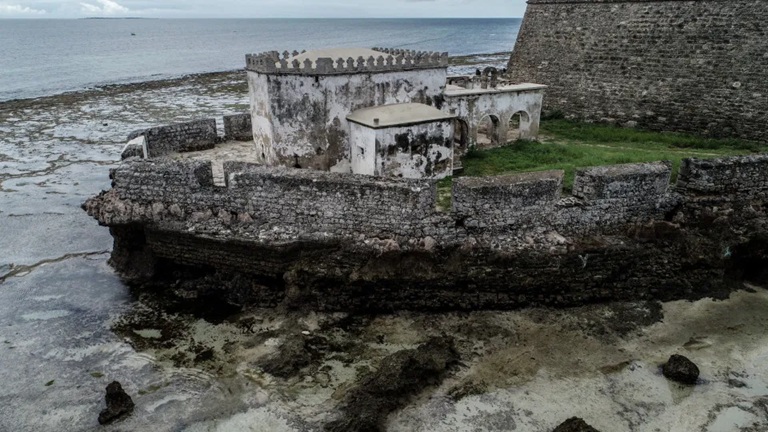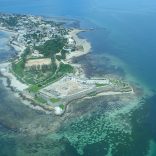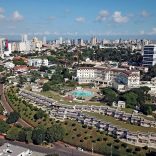Mozambique: A very special admirer visits photojournalism stalwart Naíta Ussene’s exhibition at ...
Architectural changes could jeopardise Mozambique Island’s UNESCO status, government warns

Photo: Lusa
The Mozambican government today expressed concern that changes to the architecture of Mozambique Island, in the northern province of Nampula, could jeopardize its UNESCO World Heritage status, which was awarded in 1991.
“There is clearly a challenge related to people’s behaviour, which is why there is control, oversight, and penalties, to ensure that the various infrastructures on Mozambique Island remain within the designated area. Any changes risk the island losing its World Heritage status,” said Secretary of State for Arts and Culture Matilde Mahocha.
Mozambique Island, the country’s first capital, was declared a UNESCO World Heritage Site in 1991. It is dominated by stone and lime-based structures and thatched-roof houses, traditionally called “macuti houses.”
According to Muhocha, Mozambique already has an education program on applicable legislation within the island, as well as training for tourism operators, to raise awareness about preserving buildings and avoiding alterations.
In addition to architectural changes, authorities also cite degradation caused by natural phenomena, such as cyclones and coastal erosion, as major threats to the island.
Quoted by local media, the director of the Mozambique Island Conservation Office (GACIM) estimated that around two million euros are needed to protect the island’s walls.
“These are substantial funds, as you can imagine. The Fortaleza alone costs almost 500,000 euros. So, looking at the entire chain—say, the whole island—we would need approximately two million euros,” explained Cláudio Zonguene.
He added that reconstruction work is underway on some of the island’s symbolic infrastructure, with the support of the United Nations Educational, Scientific and Cultural Organization (UNESCO): “We are currently building 15 macuti houses.”












Leave a Reply
Be the First to Comment!
You must be logged in to post a comment.
You must be logged in to post a comment.